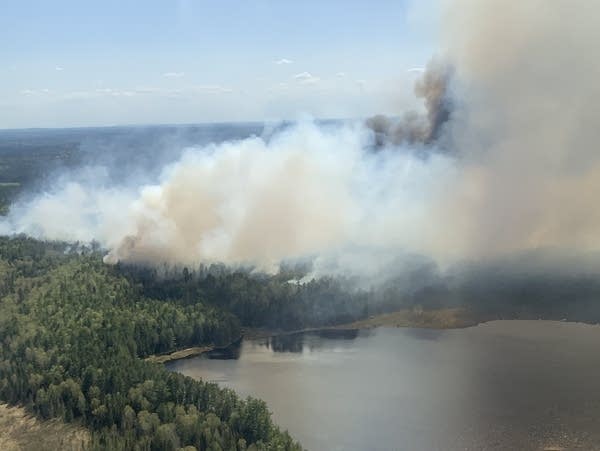Boundary Waters blaze could be sign of busy wildfire season

The Behzik Fire grew to nearly 1,000 acres on Wednesday in the Boundary Waters Canoe Area Wilderness about 15 miles northwest of Ely, Minn.
Dan Kraker | MPR News
Go Deeper.
Create an account or log in to save stories.
Like this?
Thanks for liking this story! We have added it to a list of your favorite stories.


